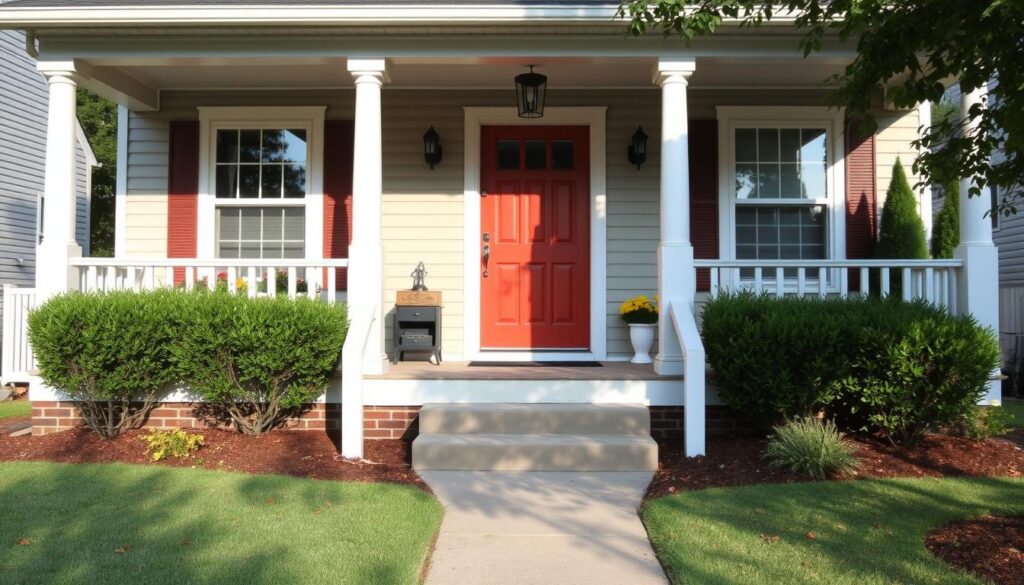In the realm of real estate, the decision to stage or not to stage a home holds significant weight. Whether you’re a seasoned homeowner or a first-time seller, navigating this debate can be daunting. In this comprehensive guide, we delve into the intricacies of home staging, weighing its benefits against potential drawbacks. By the end, you’ll be equipped with the knowledge to make an informed decision that aligns with your goals.
Understanding Home Staging:
Home staging is the art of preparing a residence for sale by enhancing its appeal to potential buyers. This process involves decluttering, rearranging furniture, and sometimes even making minor renovations to create a welcoming atmosphere. The primary objective is to showcase the property’s potential and help buyers envision themselves living there.
The Benefits of Home Staging:
- Enhanced Visual Appeal: Staged homes often command higher prices and attract more offers due to their aesthetically pleasing presentation.
- Faster Sale: A well-staged home typically spends less time on the market compared to its non-staged counterparts.
- Maximized Space: Strategic staging can make rooms appear larger and more functional, which can be a major selling point for potential buyers.
- Emotional Connection: Staging evokes an emotional response from buyers, helping them envision their future in the space.
Debunking Common Misconceptions:
Despite its numerous benefits, some sellers hesitate to stage their homes due to misconceptions:
- Cost Concerns: While staging can entail upfront costs, the return on investment often outweighs the initial expenses.
- Time Constraints: Contrary to popular belief, staging can expedite the selling process by attracting more motivated buyers.
- Personal Attachment: Sellers may feel reluctant to depersonalize their space, but doing so can actually facilitate a quicker sale.
When Staging May Not Be Necessary:
While staging offers many advantages, there are instances where it may not be warranted:
- Hot Seller’s Market: In a competitive market where homes are in high demand, staging may be less critical as buyers are willing to overlook minor imperfections.
- Unique Properties: Homes with distinctive features or architectural elements may not benefit significantly from staging, as their uniqueness is already a selling point.
- Budget Constraints: For sellers operating on a tight budget, focusing on essential repairs and cosmetic enhancements may be more practical than full-scale staging.
The Middle Ground: Partial Staging:
For sellers seeking a compromise between staging and non-staging, partial staging offers a viable solution. This approach involves selectively staging key areas of the home, such as the living room, kitchen, and master bedroom, while leaving other areas untouched. By strategically allocating resources, sellers can achieve a balance between cost-effectiveness and visual appeal.
Conclusion:
In the age-old debate of staging versus non-staging, there is no one-size-fits-all solution. Ultimately, the decision hinges on various factors, including market conditions, budget constraints, and personal preferences. Whether you choose to stage your home or not, the key is to approach the process thoughtfully and strategically. By leveraging the insights provided in this guide, you can embark on your home-selling journey with confidence and clarity.






